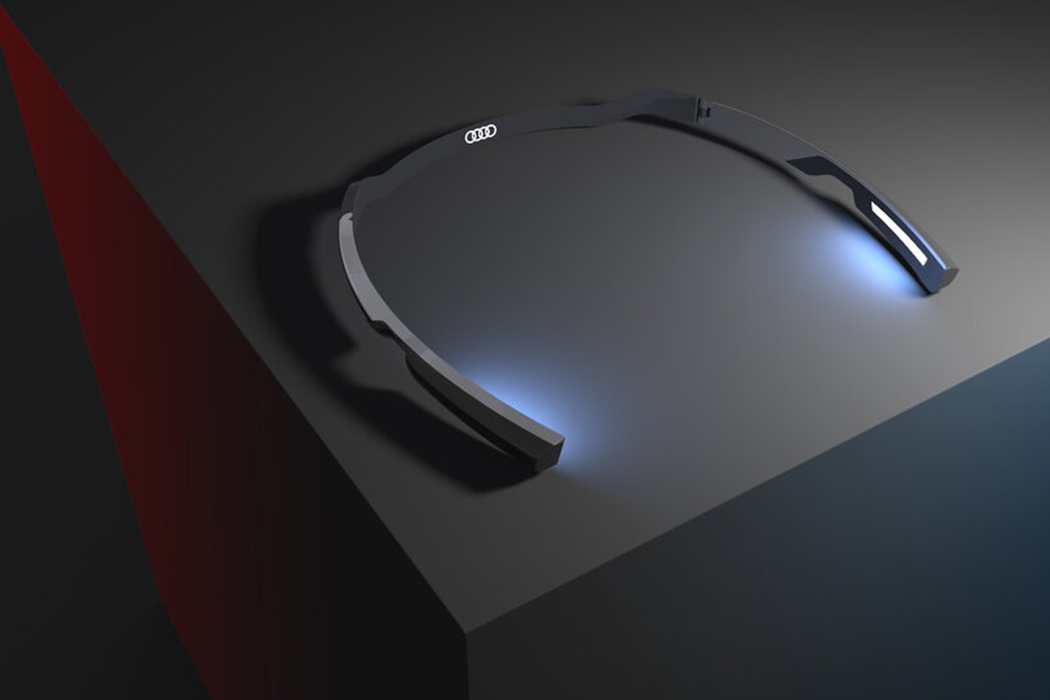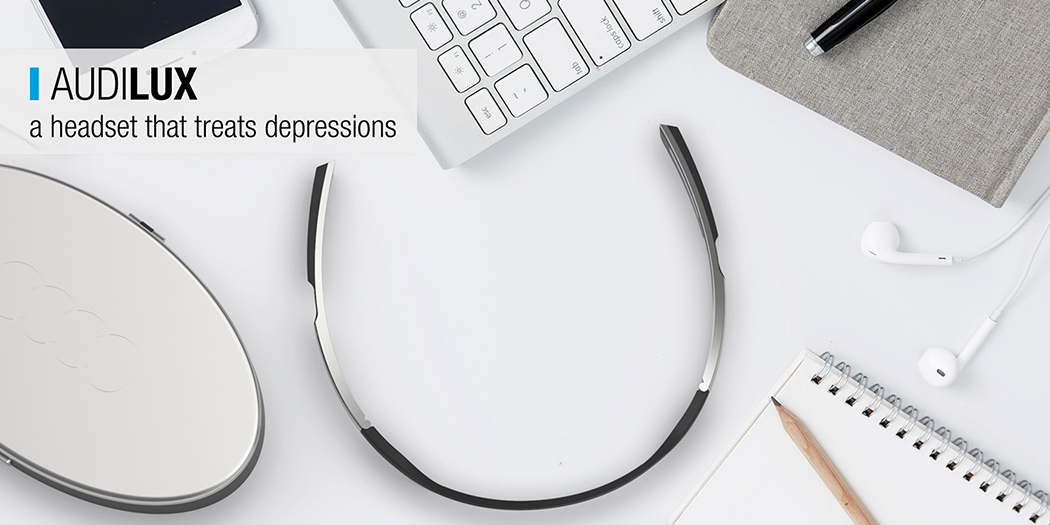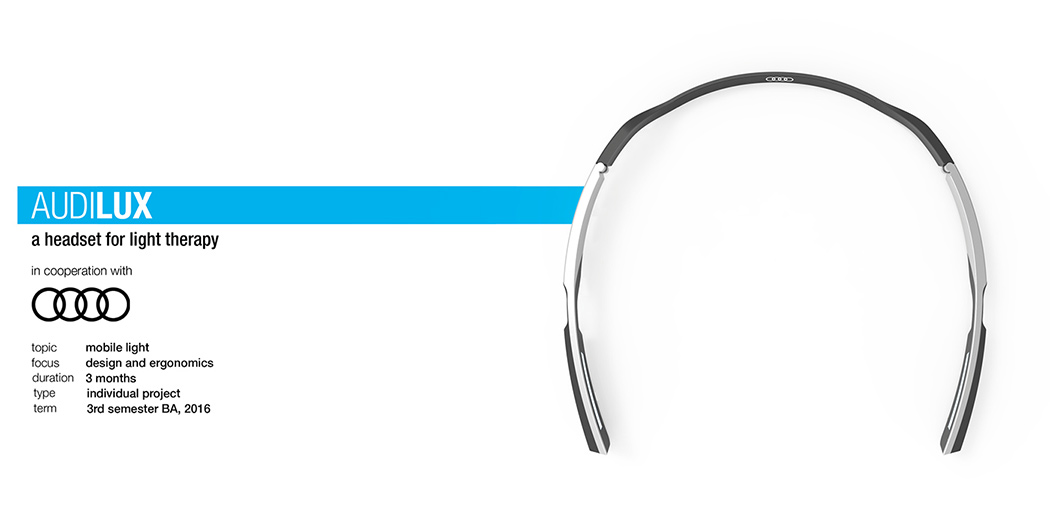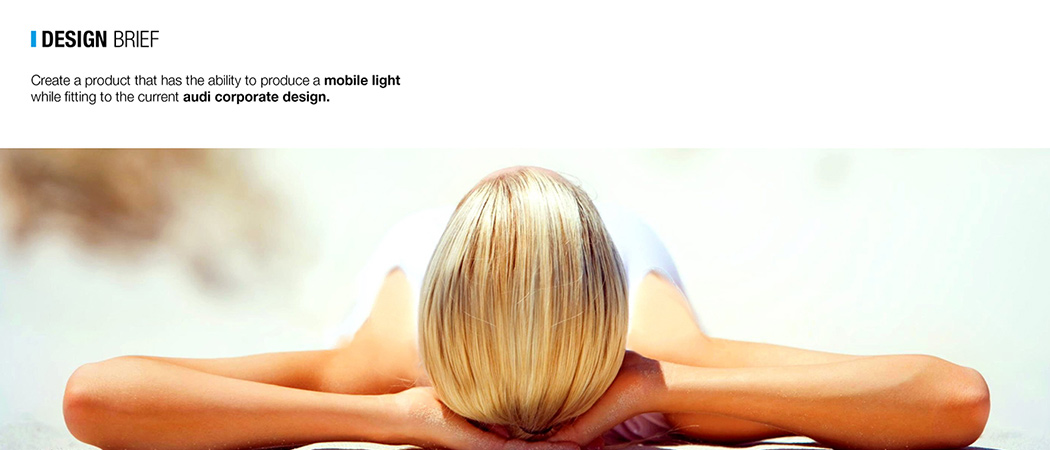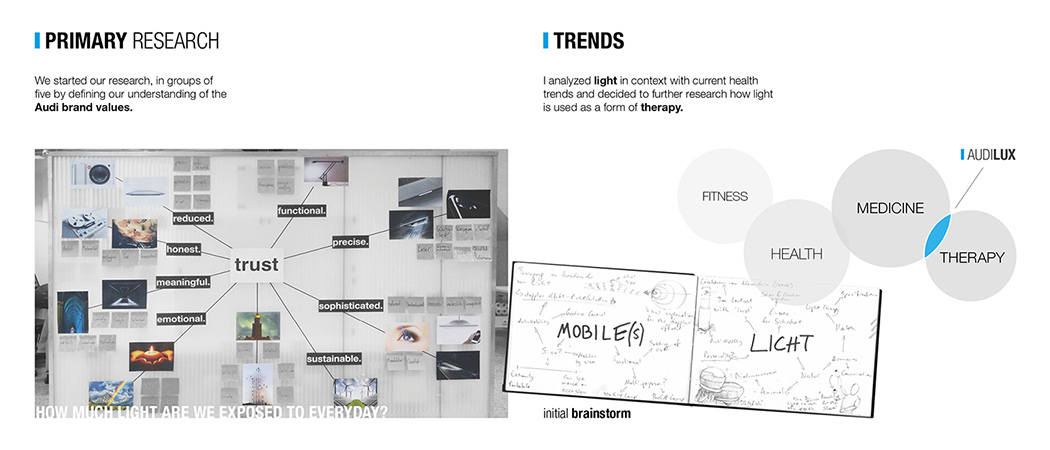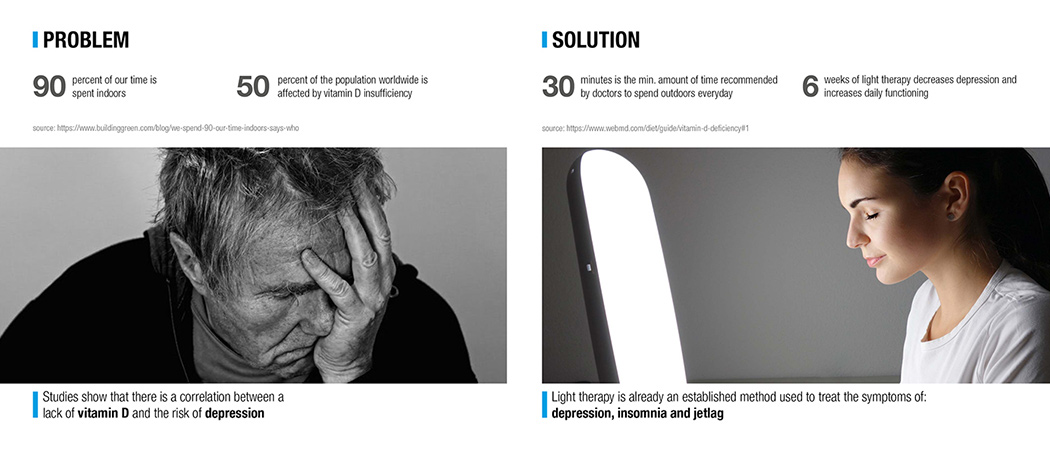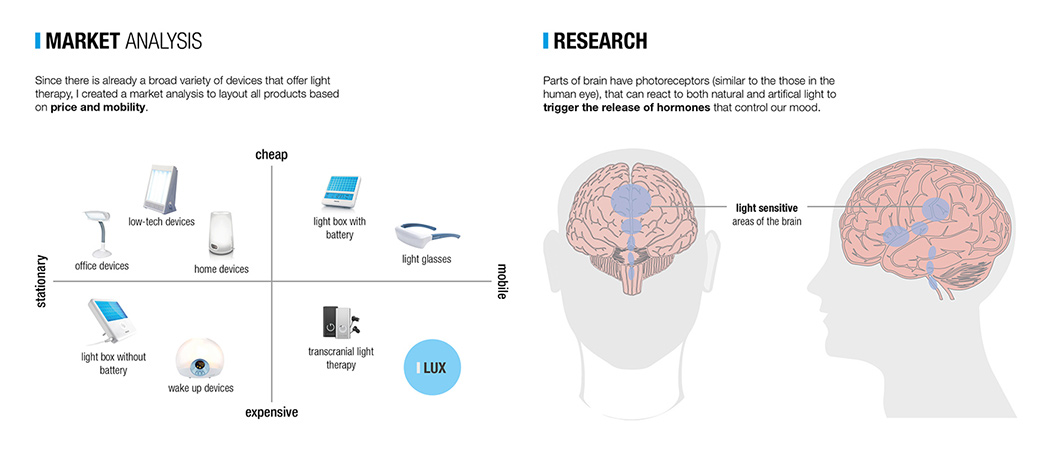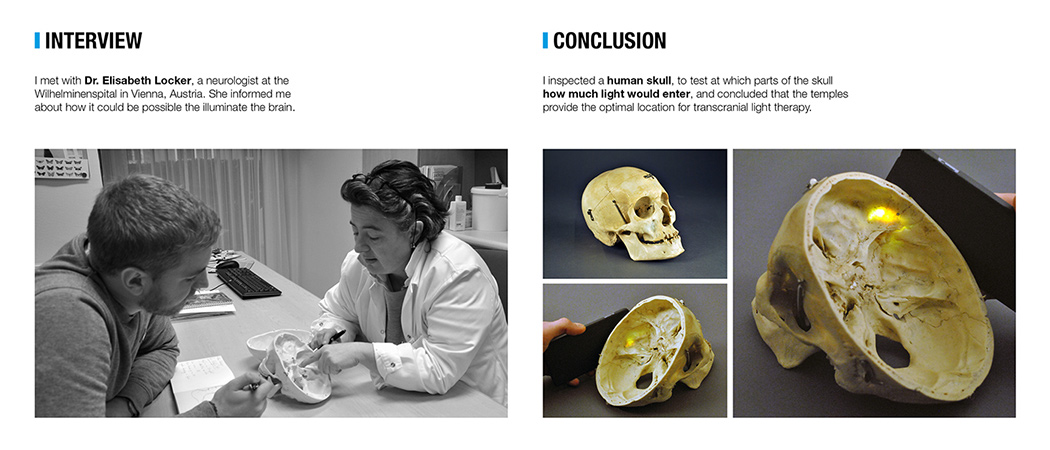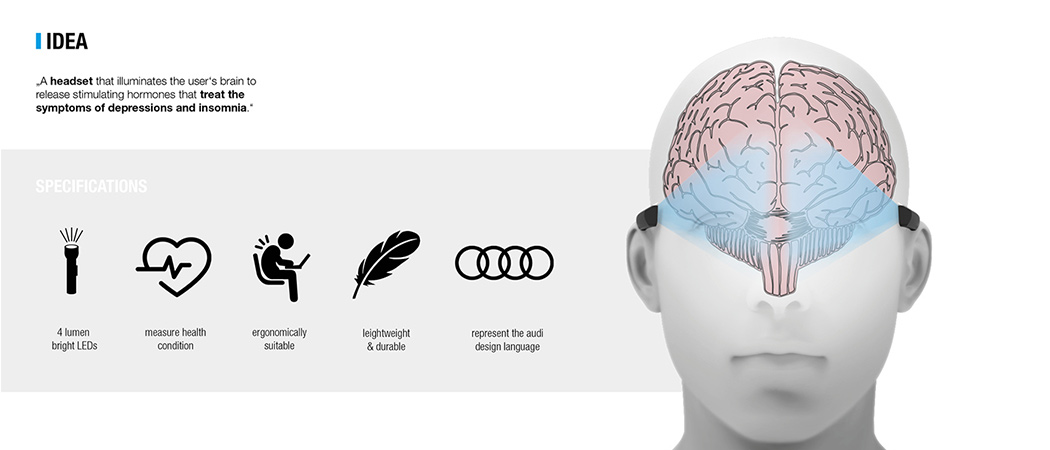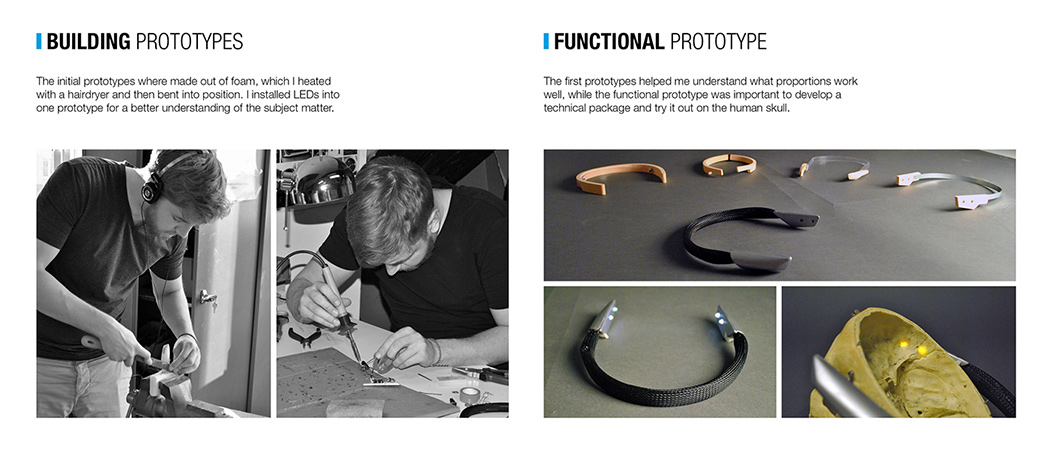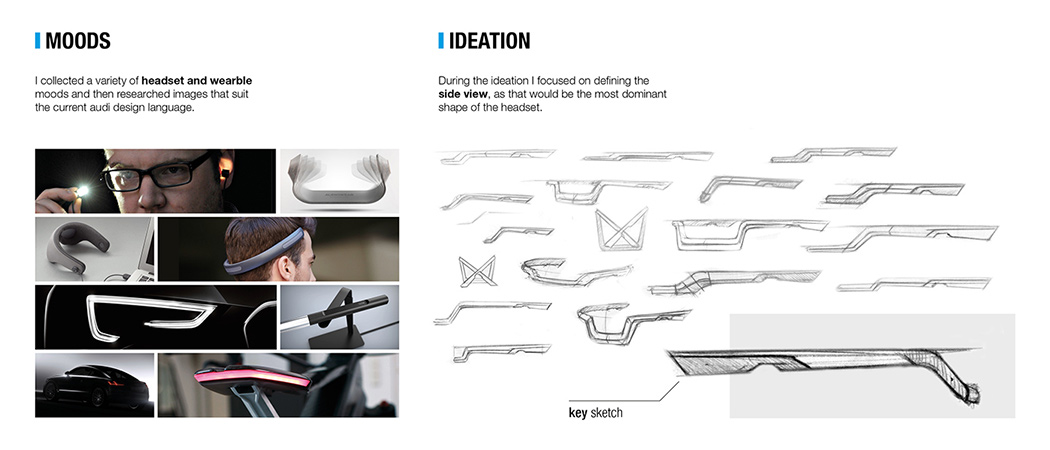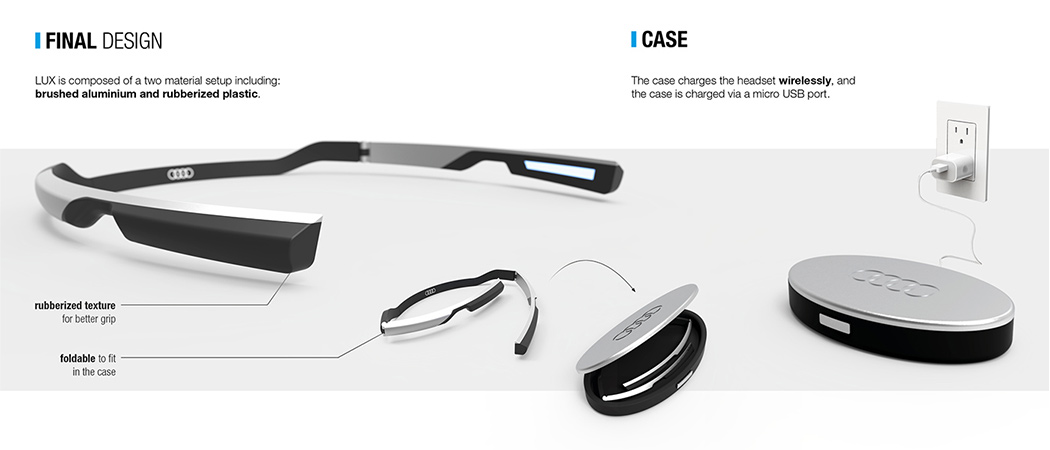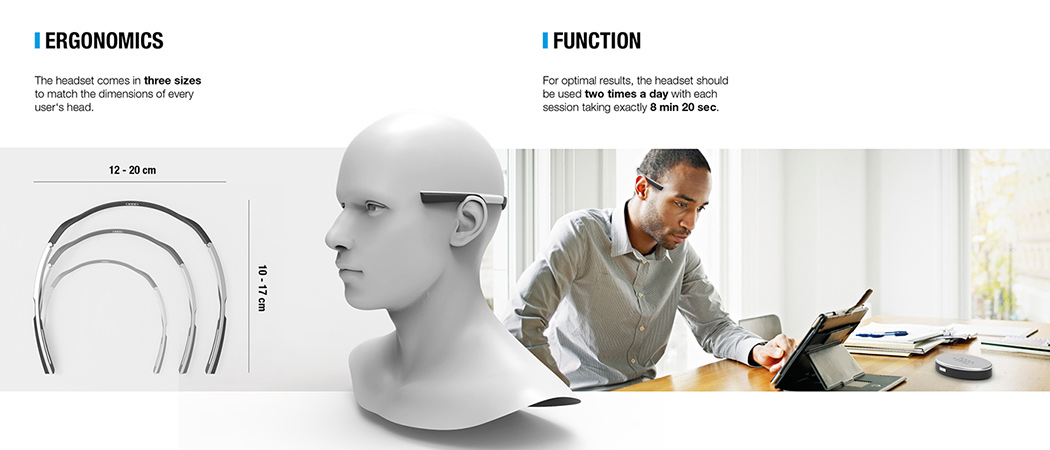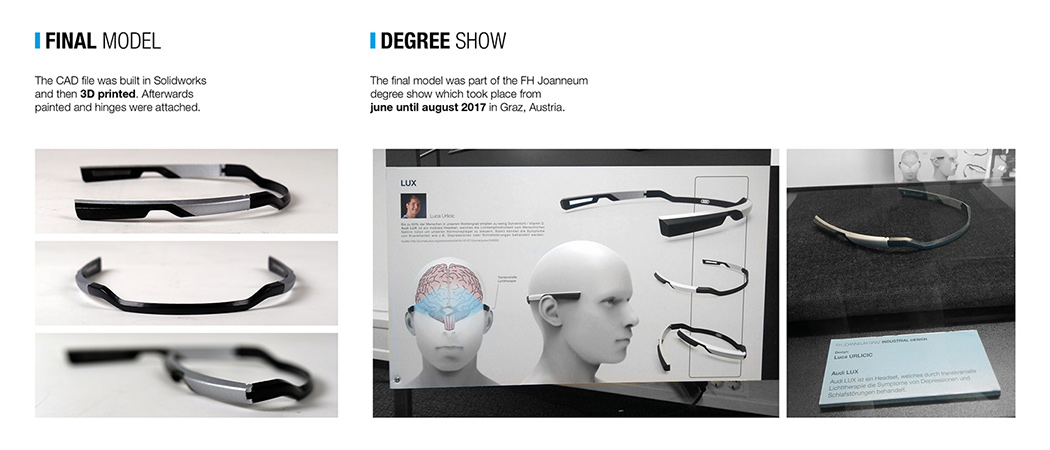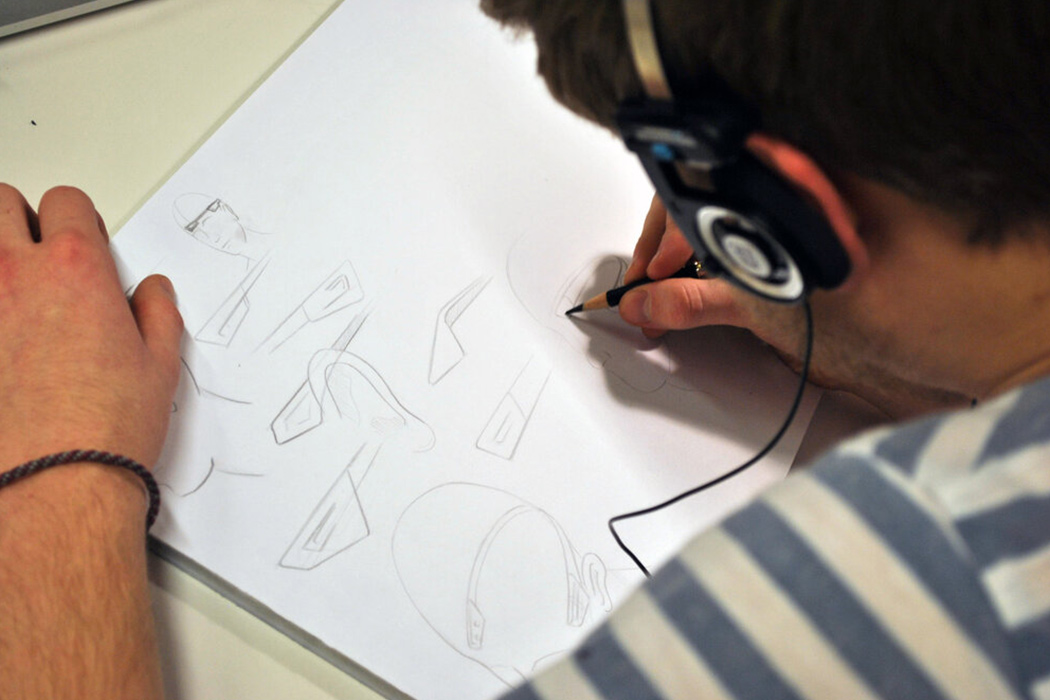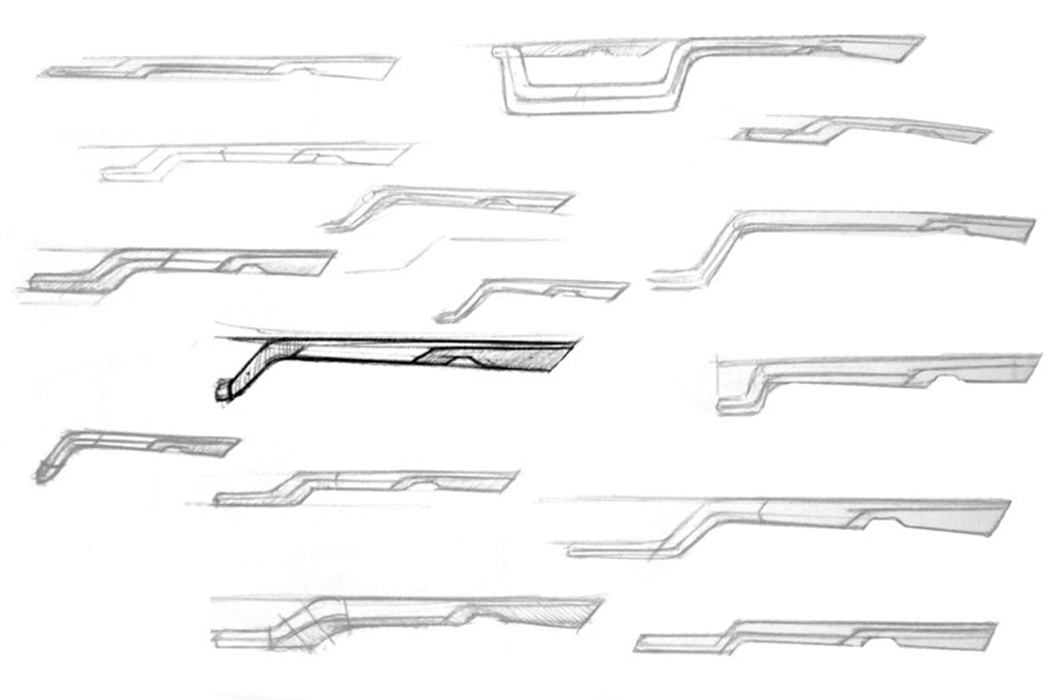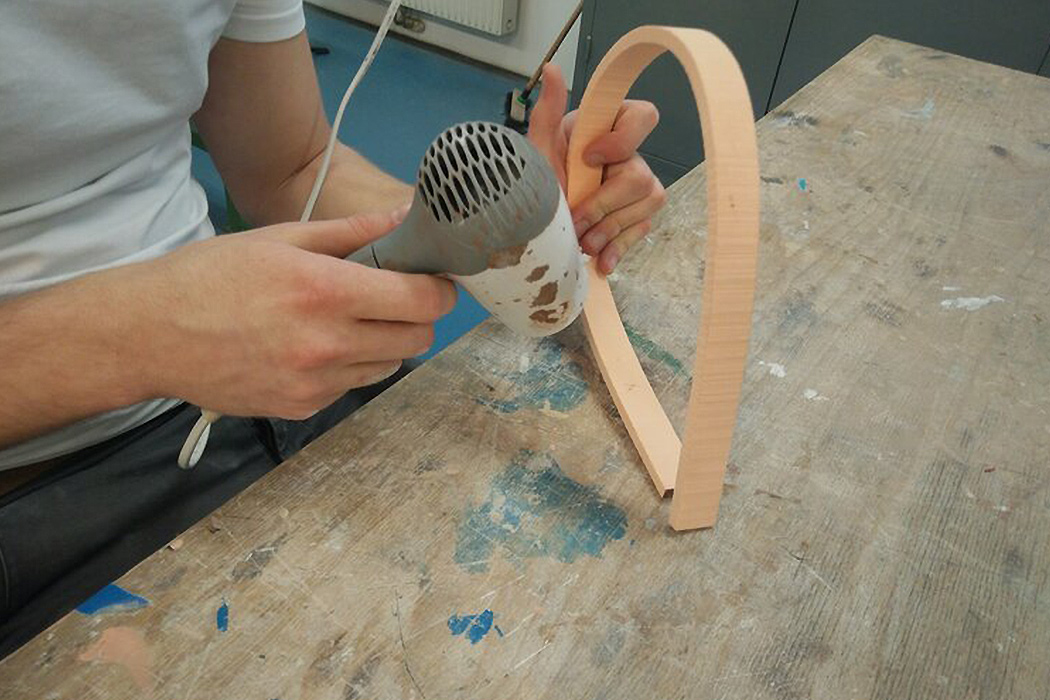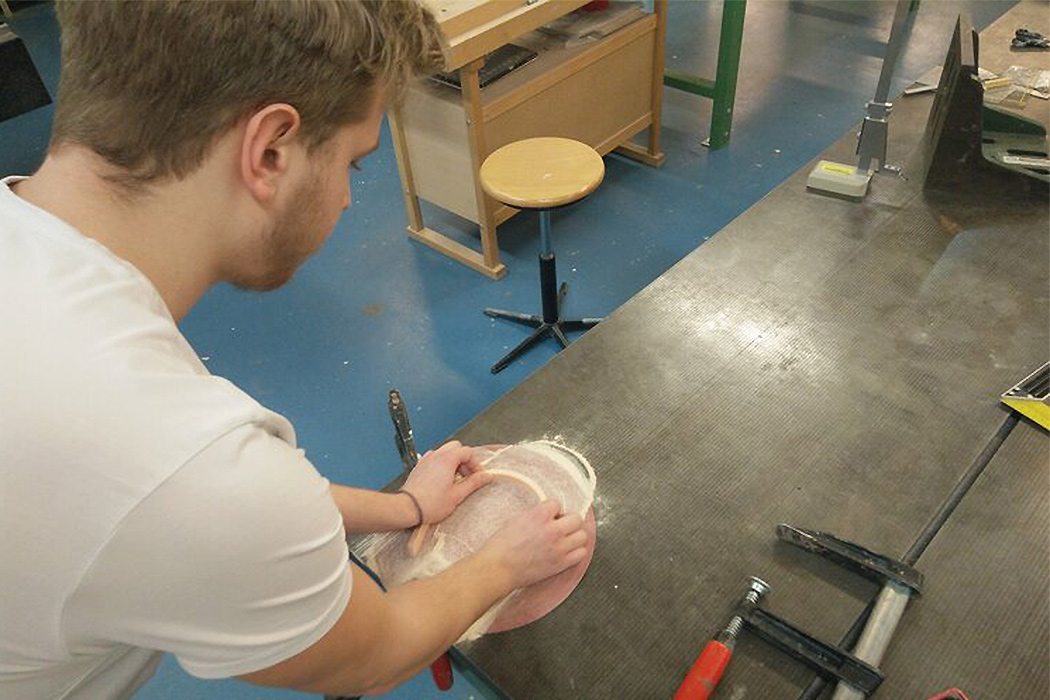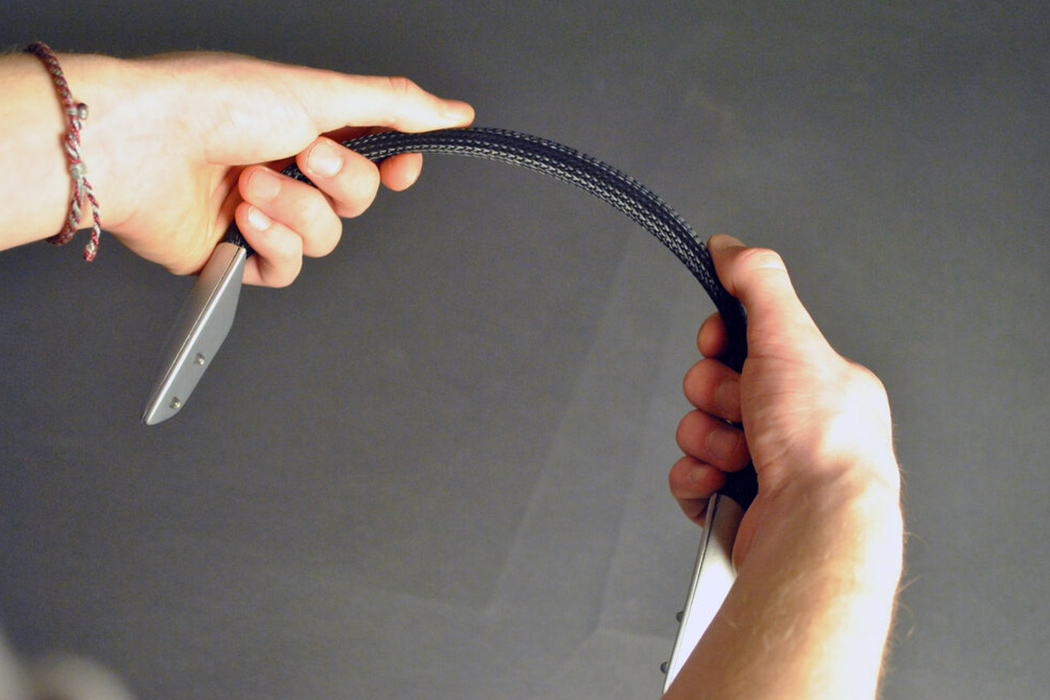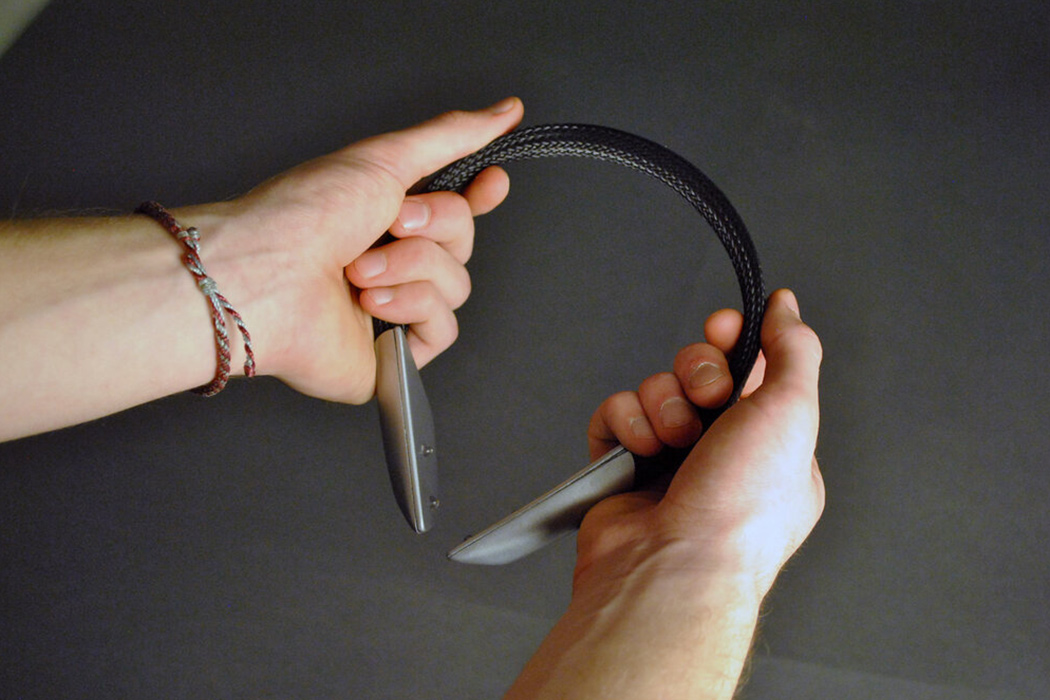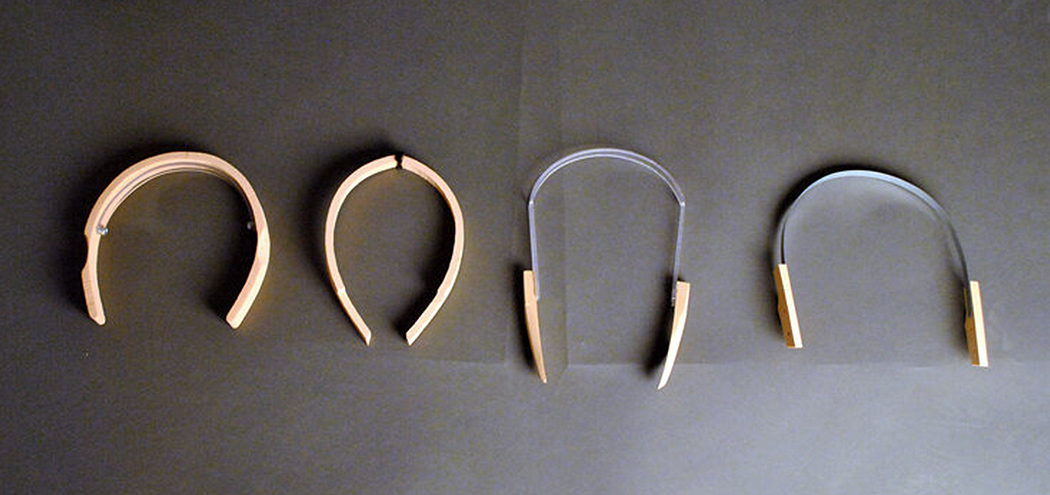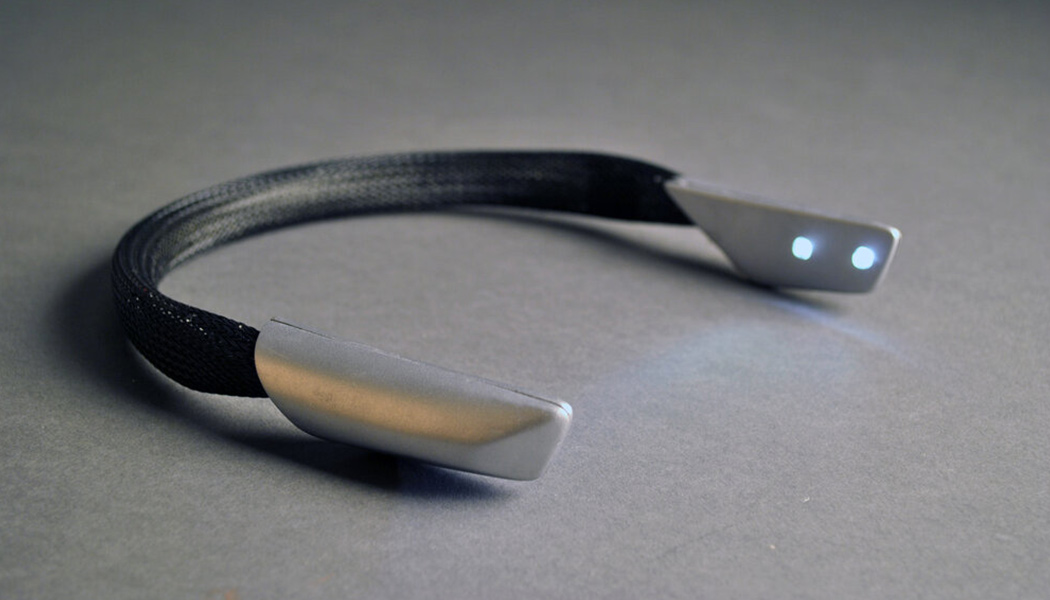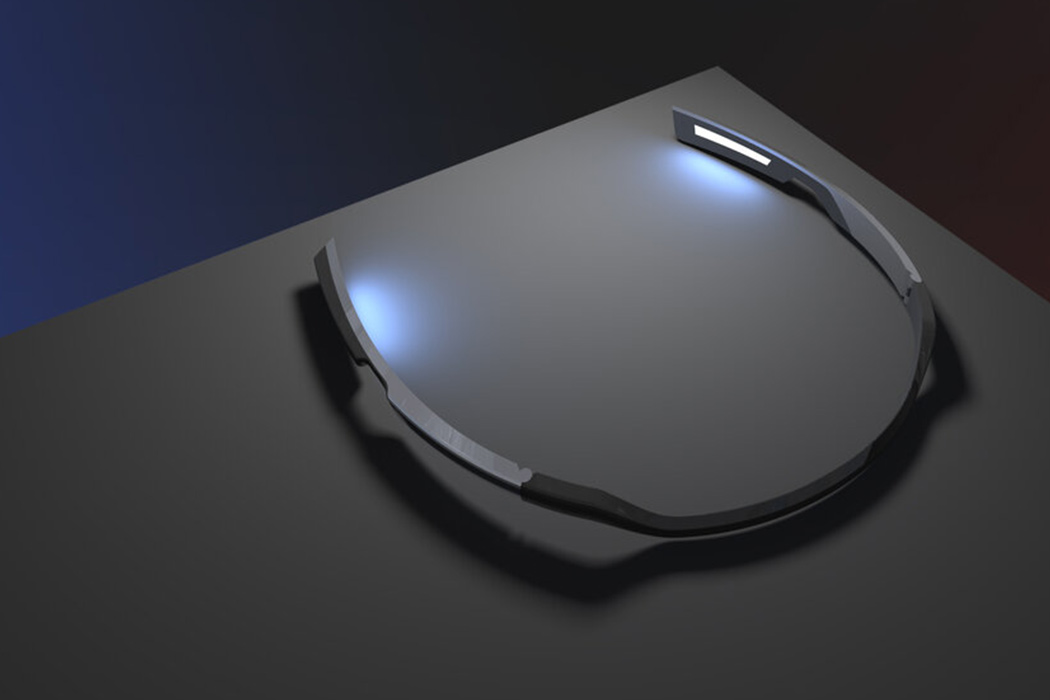Tag Archives: Headset
Apple latest exec shuffle is further evidence of its VR headset
Lenovo’s new gaming laptops have 16:10 displays for non-gaming moments
This mixed-reality headset was designed to be your virtual tour-guide in foreign cities
In every way, the Voyager is what the Google Glass project should have aimed at becoming. Designed to enhance the tourism experience by augmenting it with everything the internet has to offer, and to make you self-sufficient in a foreign city so you don’t have to awkwardly ask people for directions, the Voyager is a goggle-shaped mixed-reality headset that lets you explore new cities like never before. The Voyager connects to your phone, bringing elements of smartphone functionality to the mixed-reality space. This means you can navigate cities by seeing directions projected on the road ahead of you, can click pictures and capture videos of everything you see through the glasses, and can interface with real-world objects and buildings like your hotel, restaurants, tourist spots, and heritage monuments. Rather than augmented reality, which just projects virtual elements on the physical world, Voyager’s mixed reality interface means you can interact with elements, tapping on virtual buttons to check into your hotel, program destinations on your maps, and even send videos and images of your PoV to social media just by waving in the air!
The Voyager, just like other MR headsets like the Hololens, Oculus Quest, or the Vive, serves its specific purpose. While some headsets are designed specifically for entertainment, and others for work, the Voyager champions travel and living. The headset is styled to look like a pair of goggles, so people don’t stare at you; it comes with clear eyepieces so your eyesight is never obstructed, and you can wear the headset even when it’s switched off; and pairs with Voyager’s own helmet, which creates the perfect ecosystem of products designed to boost solo tourism and travel. Unlike other MR headsets, though, the Voyager isn’t meant for sale. Designed for temporary use-cases like holidays and quick trips, the Voyager can be rented from tourism offices, kiosks, and e-scooter rental centers.
Designers: Seunghye Han, Sieun Roh & Soomin Son
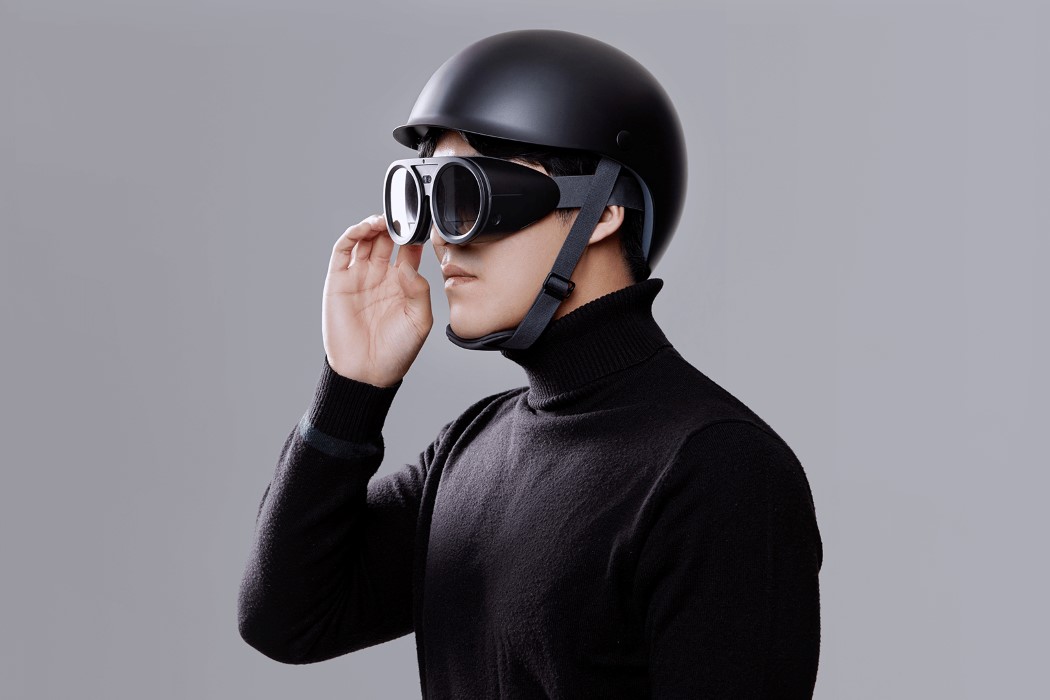
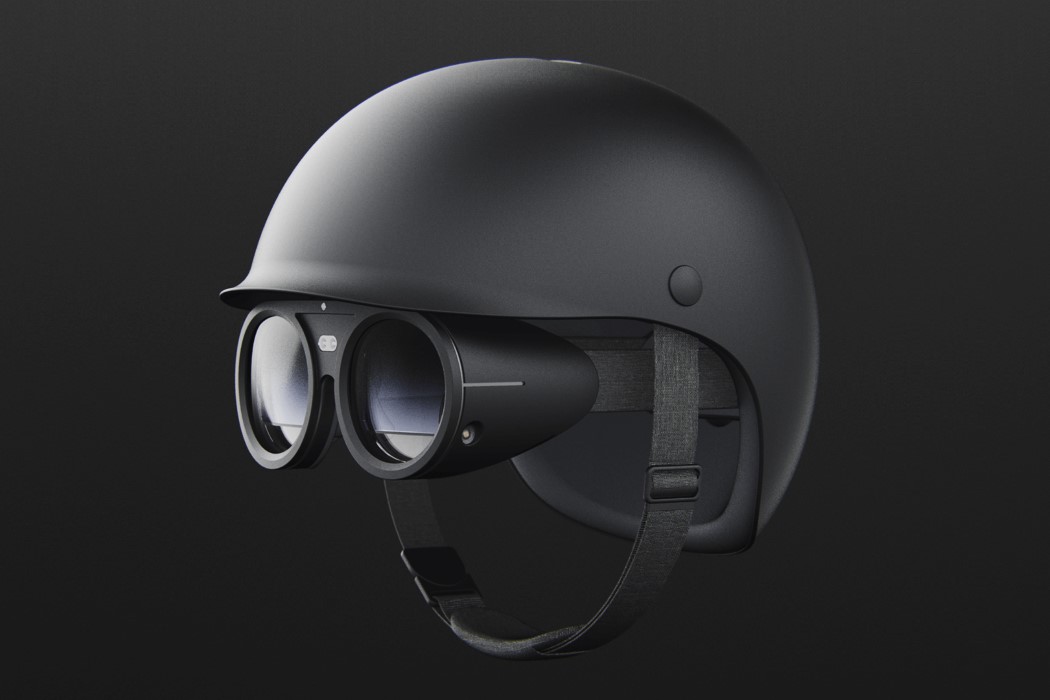
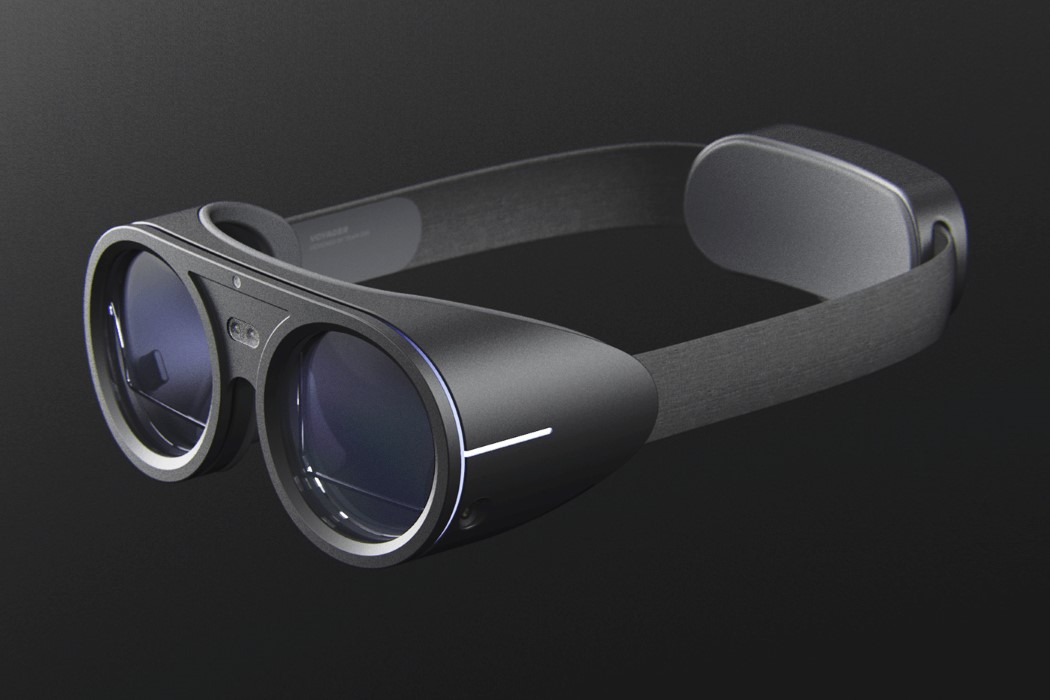
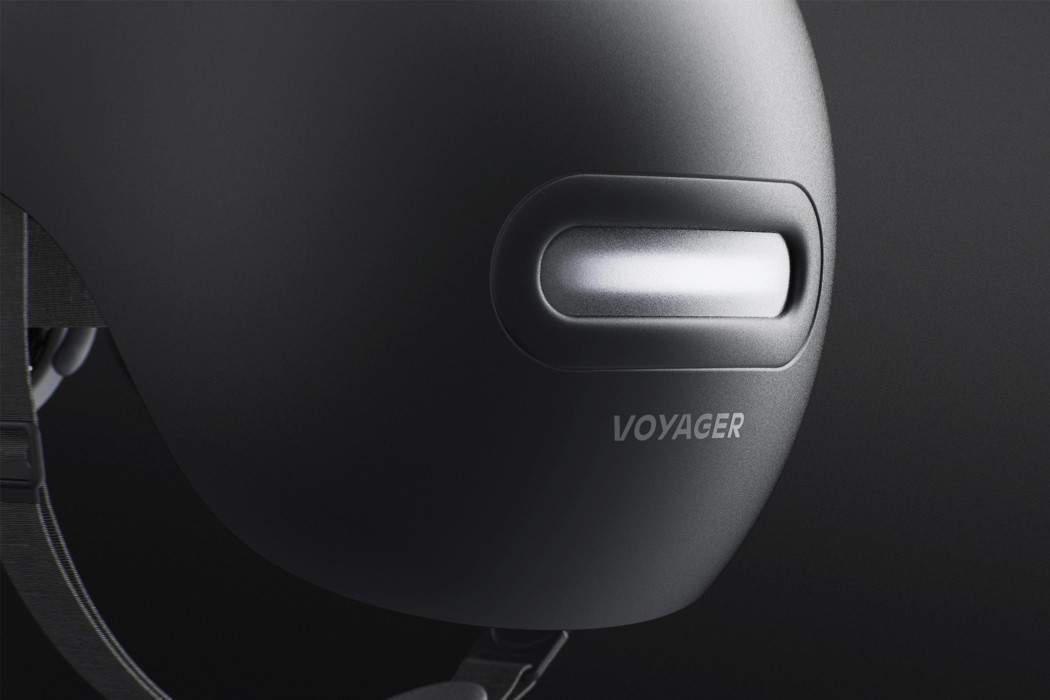
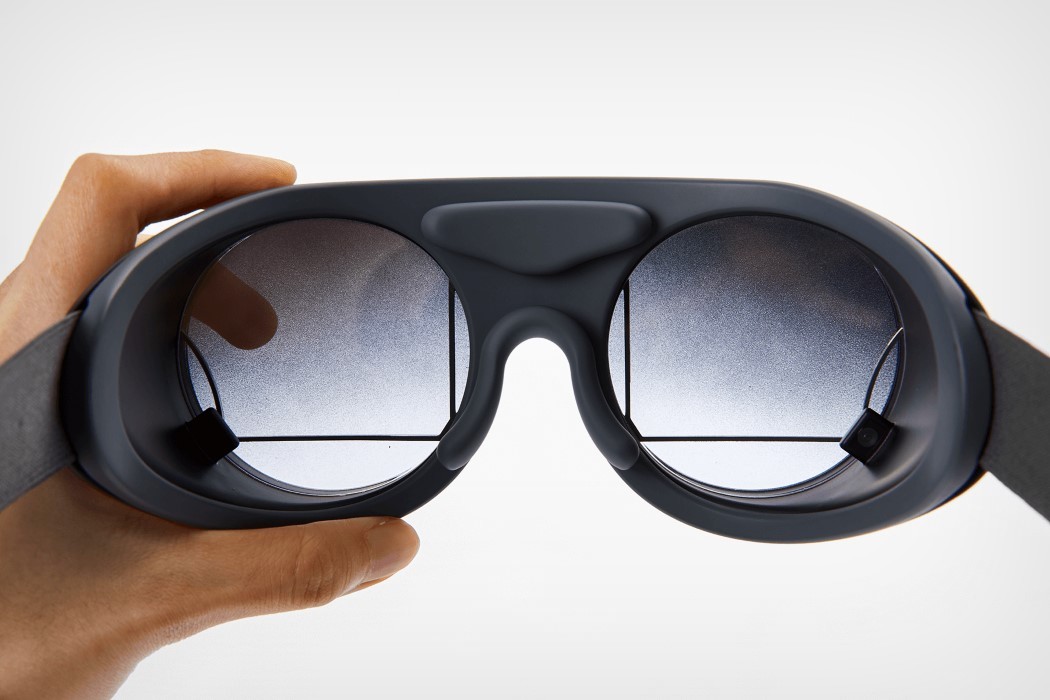
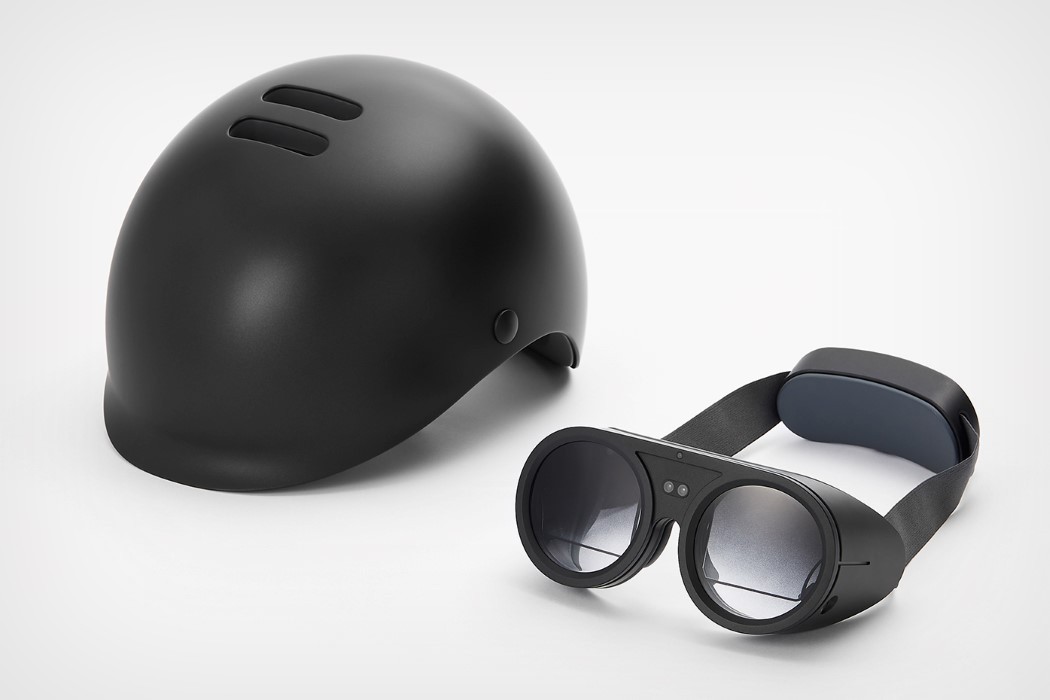
Echo Frames review: Alexa on your face is both helpful and annoying
Scuf’s first gaming headset is as customizable as its controllers
Razer’s latest gaming headsets are designed for Xbox Series X
Facebook is banning Oculus owners with multiple VR headsets
This Audi-inspired light therapy wearable aims to resolve your Vitamin D deficiency!
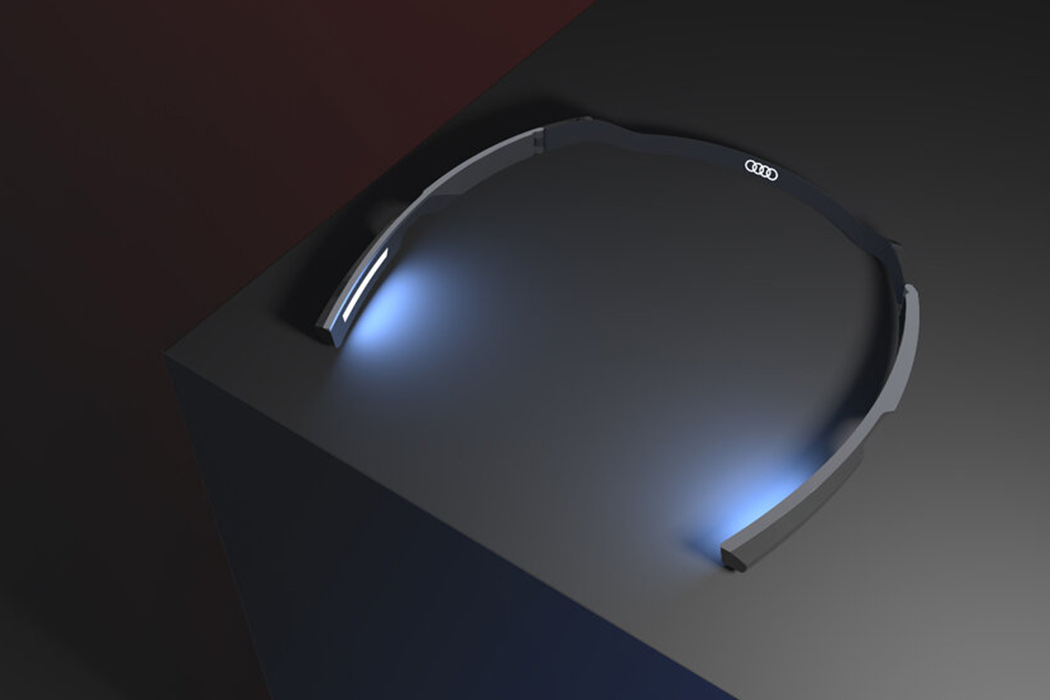
Have you stepped outside today yet? Even to stretch your legs or check the mail? No? Neither have I. Just like many office workers around the world, I spend 90% of my time indoors. Even in a pre-pandemic world, I didn’t have many opportunities to soak up some vitamin D during my workday, especially during the winter months. Not everyone has a workspace next to a window or, with winter approaching, is willing to spend their coffee break outside. However, natural sunlight has documented health benefits, especially for easing symptoms of insomnia and depression. The Audi-inspired headlamp conceptualizes a product to fit this need, while also matching the design language of the brand.
First, let’s talk about function. How well does this headlamp address the presented problem? We don’t have any Amazon reviews to reference, but we can look at the research that informed the product’s design. The headset is lightweight and hooks around the ears like a pair of glasses. The LED lights align with the user’s temples, positioned at a specific spot where light is most easily absorbed by the brain. The headset also comes in three sizes, to accommodate the skull shapes of most adults.
As a design, the Audi Lux concept matches the Audi brand seamlessly and hence is the national runner-up of the James Dyson Award for 2020. The headset’s side view features a slanted, slightly rectangular shape, similar to the headlights on an Audi car. The product also matches the brand’s general color scheme: black and metallic gray. These elements are subtle, but help the product match Audi’s design. As a branding concept, I think the Audi Lux blends well with the Audi family. However, I’m mostly excited by its function as a mobile light therapy device, which is especially relevant at this moment, when most people are stuck inside 24/7.
Designer: Luca Urlicic
